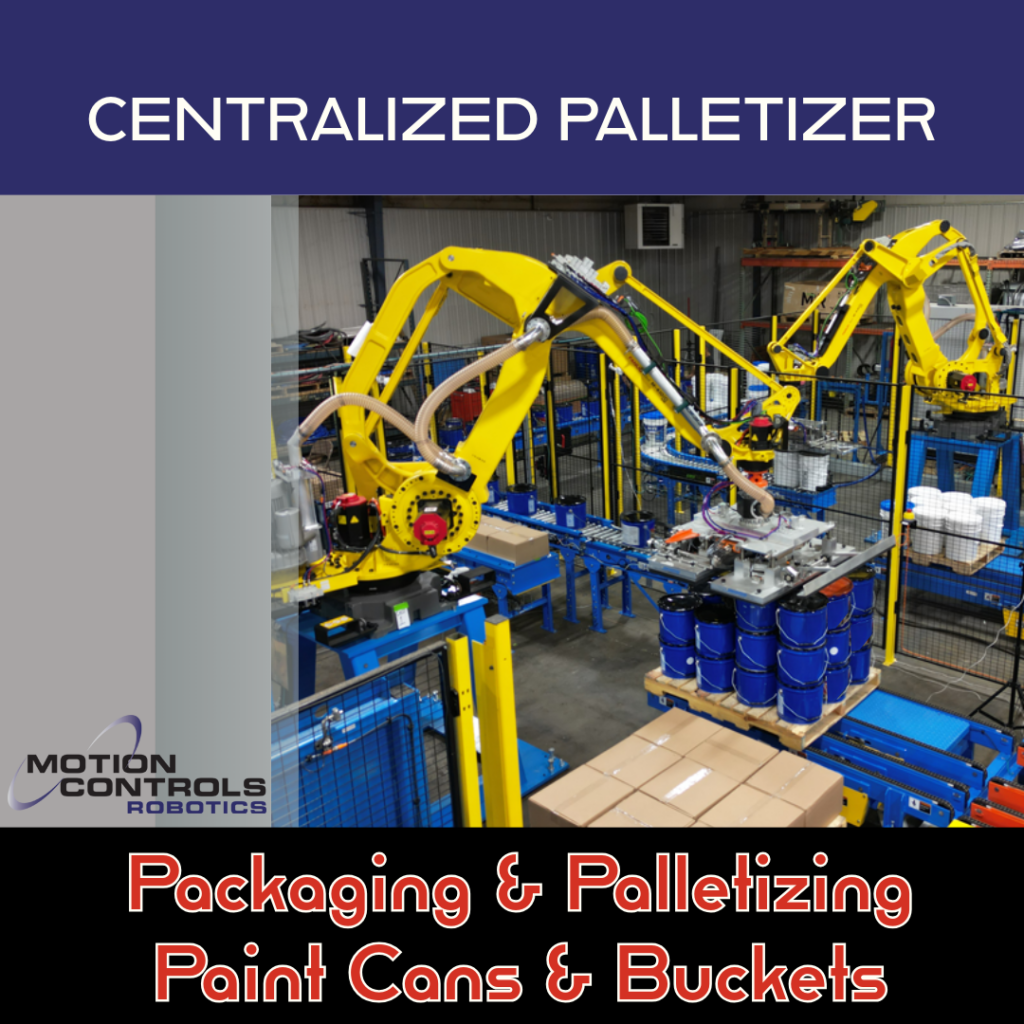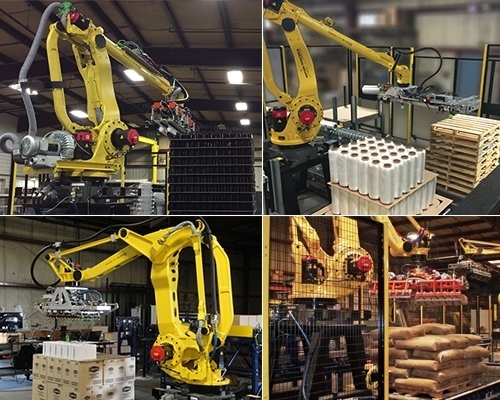I have been reading automation project specifications ranging from automatic guided vehicle systems to roller conveyor systems, automated storage and retrieval systems and various forms of robotic automation since 1981. In that time, I’ve read maybe ten to twenty really good sets of specifications.
Your initial reaction might be, “so what?” However, if you are seriously considering automated material handling system it is in your best interest to have solid, succinct project specifications for a number of reasons;
- Simplify communications with suppliers who are putting pricing together for you
- Ensure you have all your requirements defined so your pricing is complete
- Eliminate surprises during or at the end of a project that result in conflict with your supplier and headaches within your company
- Obtain best work and ideas from your potential supplier(s)
- Enable your suppliers to prepare good, accurate, complete pricing and proposal
- Have a common document that all stakeholders can work from to understand the design, impact and scope of a project
A blank sheet of paper can be a big obstacle when writing any kind of document. The brief outline below is a simple, quick checklist to help you Keep It Simple and get started;
- Load definition
- Case or pallet dimension for each load to be handled. A range of sizes is ok if you are getting initial budget pricing (minimum, maximum and average dimensions and corresponding weight per load)
- Throughput for each load
-
- Throughput at each point where load(s) enter the automation system. Express these in common units – cases per minute, pallets per hour, etc.
- Time period during the day when the throughput occurs – continuously throughout day, peak rates during certain hours, etc.
- A simple table is usually most effective to communicate this data if it consists of more than a few records – with “From” location on the vertical axis, “To” destination on the horizontal axis, and data or description in each intersecting cell. See example below. Make sure the pick and drop station labels match the pick and drop labels shown on your drawing.
- See sample Throughput Table below;
-
Project Throughput Table – Automation Project Specifications |
|||
|
To |
Drop-off Station 1 | Drop-off Station 2 | Drop-off Station 3 |
|
From |
|||
| Pickup Station 1 | 3 pallets per hour, 8 hours per day | 2 pallets per hour, at same time product runs from pick Station 1 to Drop Station 1 | |
| Pickup Station 2 | 10 pallets per hour, 16 hours per day not concurrent with pallets from pickup station 1 | ||
| Pickup Station 3 | 8 cases per minute, 12 hours per day | 4 cases per minute, 24 hours per day | |
- Use realistic rates in the Throughput Table above. I have seen plenty of automation projects killed before take-off when a project manager adds a safety factor on top of a safety factor already included by the project engineer, which is then multiplied by the supplier’s own safety factor.
- A drawing that clearly shows where the pick and drop locations are located in the plant
- A North arrow on the drawing to make communication more easily with your supplier(s)
- A brief description of any data interfaces required for the automation equipment – for label printers, product tracking, storage direction, etc.
- If you can send your supplier a drawing in AutoCAD/.dwg format, save it in an early version of AutoCAD. Here at Motion Controls Robotics, Inc we usually have the latest version of AutoCAD but not all suppliers keep up to date with AutoCAD releases as that can be a costly and time consuming endeavor. Generally, if you choose a “Save As” version that is about 10 years old even your smallest mom and pop automation houses can read the drawings.
Start with the basics above for initial budget level pricing on any automation project then add data as the project is more clearly defined. As your project requirements develop, continue to add details to the specifications and you will be well on the way to a clean, easily understood requirement specification document everyone can work with. A clean, simple specification document will increase the likelihood of obtaining best pricing from your supplier(s), reduce the chance of “gotchas” through the course of the project, and provide the foundation for a smoothly implemented project with far less risk of cost or functionality surprises at the conclusion of the project.
Contact Motion Controls Robotics, Inc. at 419.334.5886 if you would like assistance gathering information for your robotic material handling automation project. We have specification documents we can send to you to help gather more detail customized for specific types of robotic projects including; case packing, case palletizing, mold machine unloading, general material robotic material handling, and Automatic Guided Cart delivery systems for case and pallet loads.




